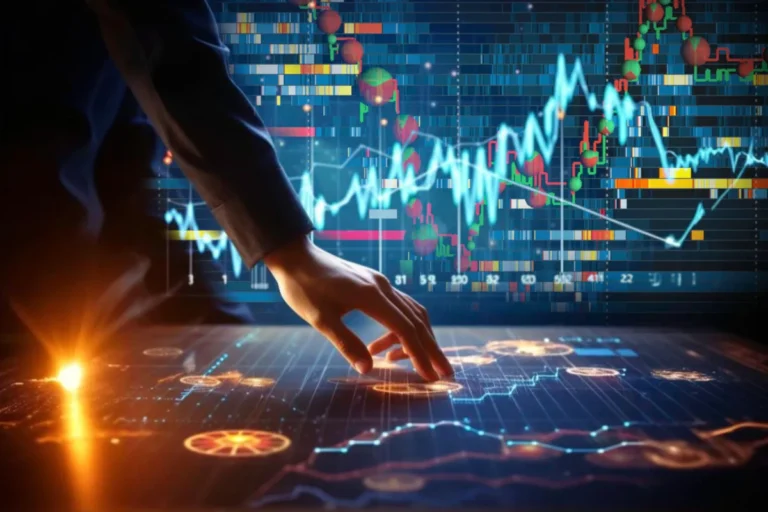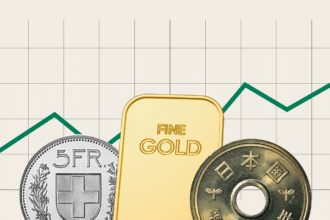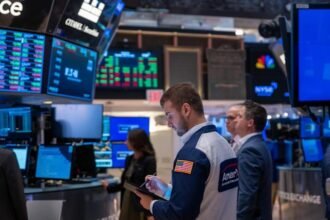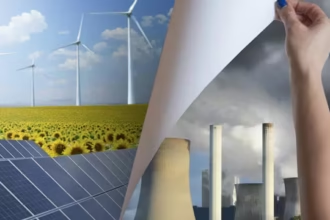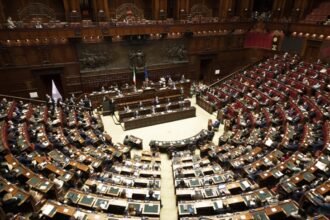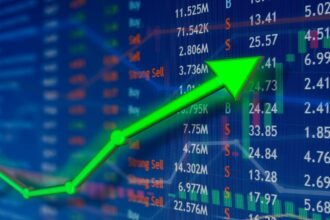As inflation cools and geopolitical risks persist, investors are shifting from short-term speculation to long-term value and regional diversification.
A Calmer Yet Cautious Market Landscape
After years of pandemic shocks, energy volatility, and interest-rate turbulence, global markets are finding a fragile equilibrium. Major indices across the U.S., Europe, and Asia have stabilized, reflecting investor optimism about slowing inflation and resilient corporate earnings. Yet, analysts warn that volatility could return as elections, wars, and trade tensions reshape the economic map.
Emerging Markets Regain Momentum
Emerging economies—particularly India, Brazil, and Indonesia—are attracting renewed investor confidence. Their expanding middle classes and tech-driven industries offer strong fundamentals even as global growth moderates. According to the IMF, emerging markets are expected to contribute over 60% of global GDP growth through 2030. The shift signals a redistribution of economic influence from West to East and from mature economies to agile ones.
Sustainable and Digital Investment Trends
Investors are prioritizing assets aligned with ESG standards and digital transformation. Renewable energy, semiconductor manufacturing, and artificial intelligence sectors are now viewed as long-term growth drivers. Meanwhile, currency diversification and commodities such as gold and lithium remain key hedges against macroeconomic uncertainty.
Conclusion: A Market Built on Discipline, Not Hype
The global market cycle is maturing into one defined by discipline and strategic diversification. Investors who embrace sustainable sectors, digital transformation, and balanced portfolios are likely to thrive. The “new normal” in global markets isn’t about chasing quick gains—it’s about building lasting value amid constant change.


